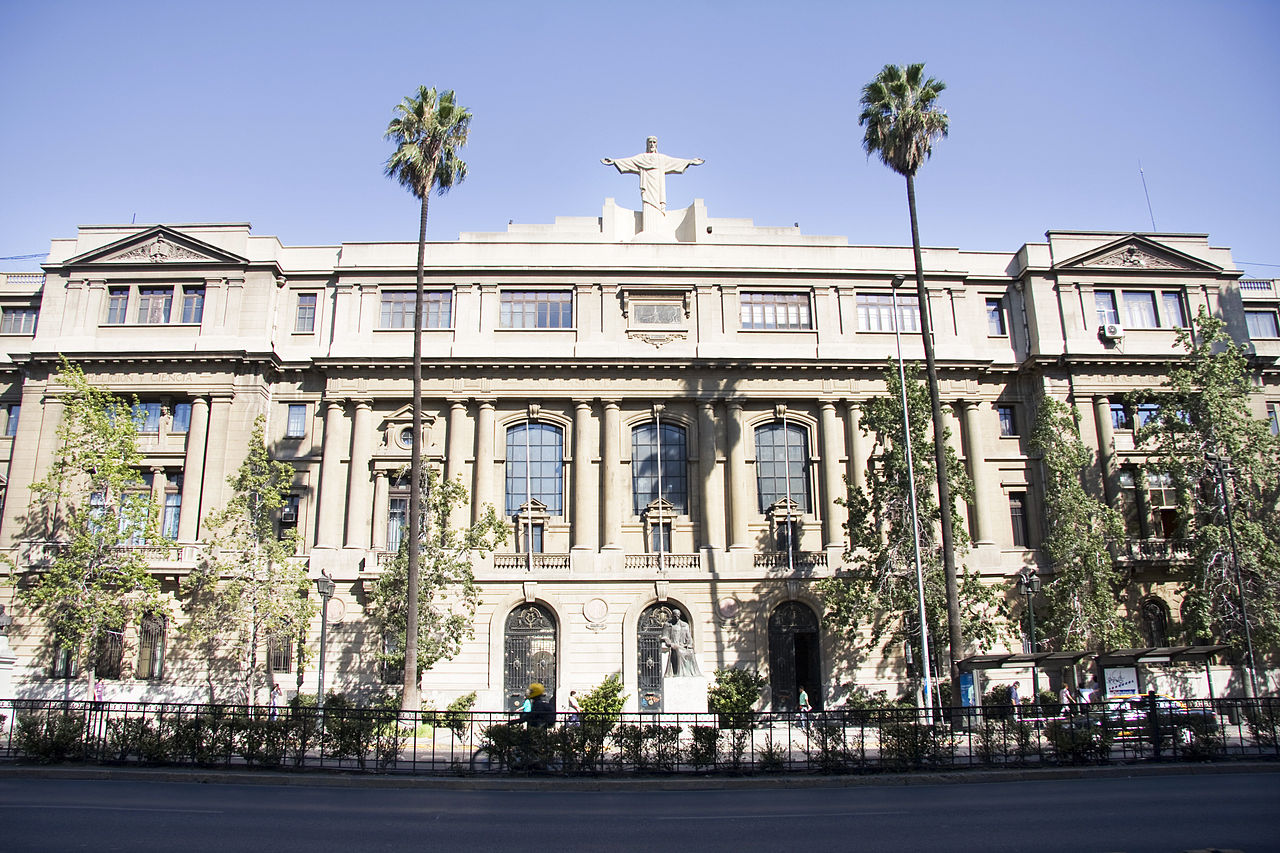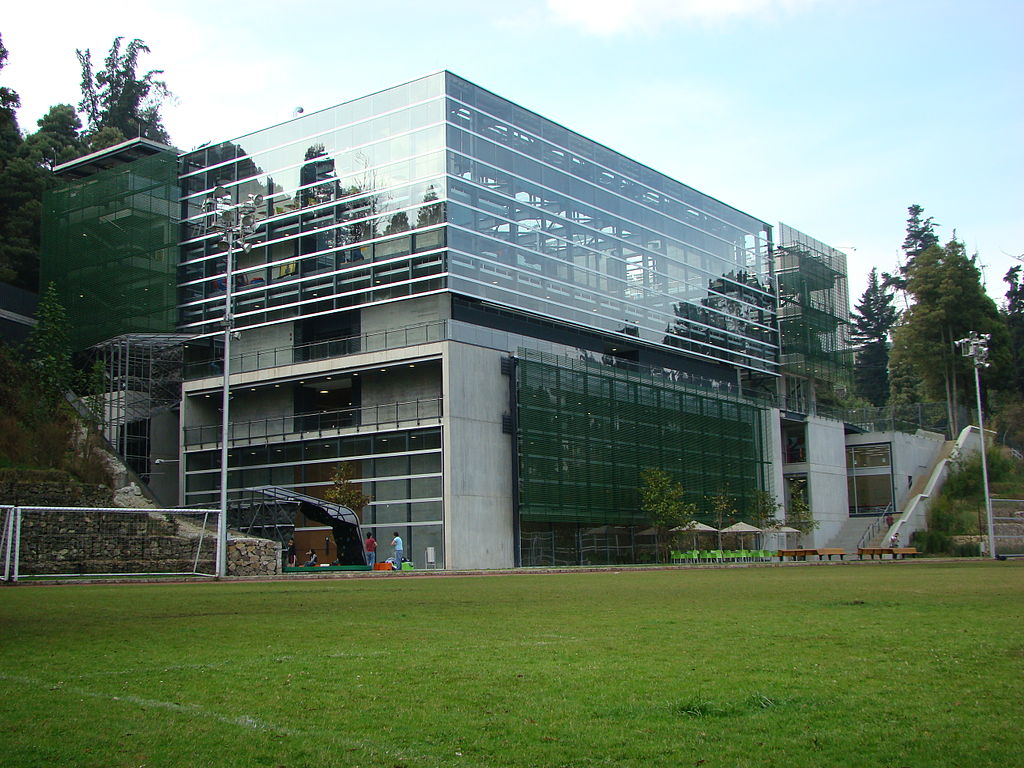The article below is based on the 2014 results. To view the latest version of this article based on the QS University Rankings: Latin America 2016, click here.
Following the release of the 2014 edition of the QS University Rankings: Latin America, here’s a look at this year’s top 10 universities in Latin America. While relatively stable overall, the ranking has seen some significant changes at the top, most notably in the rise of Chile’s Pontificia Universidad Católica de Chile (UC) to the number one position – knocking Brazil’s Universidade de São Paulo (USP) into second. However, while its leading institution has been edged out, Brazil continues to strengthen its overall representation, now claiming half of the top 20 entries – two more than last year.
The full ranking highlights the top 300 universities in Latin America, based on seven indicators selected to reflect regional priorities, as well as tracking universities’ impact at a global level. A total of 18 countries are featured, led by Brazil with 78 entries, Mexico with 46, Colombia with 41, Argentina with 34 and Chile with 30. Beyond these five dominant countries, Costa Rica, Venezuela and Peru all have a university ranked within Latin America’s top 30. Read on for an overview of what gave this year’s top 10 (in fact 11, as 10th place is shared) their leading positions.
 1. Pontificia Universidad Católica de Chile (UC)
1. Pontificia Universidad Católica de Chile (UC)
Climbing one place this year, the Pontificia Universidad Católica de Chile (UC) claims the top spot for the first time, having occupied second place since the ranking was launched in 2011. The Santiago-based institution has seen improvements to its scores for faculty/student ratio and web impact this year, while maintaining strong results for the other five indicators. In the two global reputation surveys, it’s rated fourth in Latin America by academics and third by employers.
2. Universidade de São Paulo (USP)
This is the first time Brazil’s Universidade de São Paulo (USP) has not headed the Latin American ranking; while maintaining a strong performance, it hasn’t quite made the gains needed this year to keep hold of the top spot. It still claims the region’s strongest scores for both papers per faculty and web impact, and in the reputation surveys it’s rated third by academics and second by employers (behind the Universidad de Buenos Aires, which comes 19th overall due to weaker scores elsewhere).
3. Universidade Estadual de Campinas (Unicamp)
Fellow Brazilian institution Universidade Estadual de Campinas (Unicamp) holds onto third place this year, where it’s remained stable since the ranking launched. Like most of Brazil’s leading universities, it scores especially well for research productivity, coming second in the papers per faculty indicator. Brazilian institutions also tend to compare favorably when considering the percentage of academic staff members with a PhD; Unicamp comes fifth in the region for this, one place behind USP.
 4. Universidade Federal do Rio de Janeiro
4. Universidade Federal do Rio de Janeiro
Brazil’s third entry, the Universidade Federal do Rio de Janeiro has climbed four places this year. Sharing similar strengths to its country-mates, it’s within the top 10 universities in Latin America for web impact, papers per faculty and reputation among academics, and just outside for proportion of staff with a PhD. It’s gained some ground this year in the global employer survey, now appearing in the region’s top 50 as perceived by graduate recruiters worldwide.
 5. Universidad de Los Andes Colombia
5. Universidad de Los Andes Colombia
The highest-ranked Colombian university, the Universidad de Los Andes Colombia (or “Uniandes”) falls one place this year, with improved scores for citations per paper and staff with a PhD offset by weaker performance for web impact and faculty/student ratio. The Bogotá-based private university is rated among the top 10 universities in Latin America by both the international academic and graduate employer communities.
6. Universidad de Chile
Chile’s second representative likewise falls one place this year, though remaining the region’s fifth institution in the eyes of both academics and employers. Like UC, the Universidad de Chile is based in capital Santiago, contributing to the city’s place among the world’s top 50 student cities, according to the 2013 QS Best Student Cities index. It’s made progress this year in the indicators measuring proportion of staff with a PhD and faculty/student ratio, though the latter remains a relative weak point.
7. Instituto Tecnológico de Monterrey (ITESM)
The top Mexican entry, Instituto Tecnológico de Monterrey (ITESM) or “Monterrey Tech” stays stable in 7th place – where it’s remained since 2011 – with improved scores in a number of indicators still not quite sufficient for an overall advancement. The engineering-focused university is rated highly by both academics and employers, but particularly the latter; it comes out fourth in the employer survey and fourteenth in the academic survey.
8. Universidad Nacional Autónoma de México (UNAM)
The Universidad Nacional Autónoma de México (UNAM) may have fallen two places this year overall, but it remains Latin America’s number one institution in the results of the global academic survey. It also maintains the second strongest score for web impact, but has lost ground in the indicators for faculty/student ratio, citations per paper and proportion of staff with a PhD.
9. Universidade Estadual Paulista "Júlio de Mesquita Filho"
Returning to Brazil, which continues to dominate the Latin American ranking overall, Universidade Estadual Paulista "Júlio de Mesquita Filho" climbs two places this year, claiming a place among the top 10 universities in Latin America for the first time. Like other Brazilian universities, it scores especially well for research productivity, and is also within the Latin American top three for proportion of staff with a PhD – narrowly beating both USP and Unicamp on this measure.
10= Universidade Federal de Minas Gerais
The Universidade Federal de Minas Gerais outdoes even its higher-ranking fellow Brazilians in the staff with a PhD indicator; it comes top in Latin America on this measure. It’s also within the top five for papers per faculty and top 10 for web impact, but sees lower scores this year for both citations and faculty/student ratio, with the latter representing its weakest point. Overall, it just manages to hold onto its top-10 spot, though now joined here by another Brazilian entry.
10= Universidade Federal do Rio Grande do Sul
Rising four places to enter the top 10 for the first time, the Universidade Federal do Rio Grande do Sul is one among a number of leading Brazilian universities to have improved or consolidated their positions this year. Again reflecting wider national trends, it claims its strongest scores for papers per faculty, web impact and staff with a PhD. It’s rated within the region’s top 20 by academics, and while not yet as well known among international employers, has an improving rating in the employer survey too.
About the QS University Rankings: Latin America
Published annually since 2011, the QS University Rankings: Latin America highlights the 300 top universities in the Latin American region, based on seven indicators. These are: academic reputation, employer reputation, faculty/student ratio, citations per paper, papers per faculty, proportion of staff with a PhD and web impact. For more on the methodology, click here.













